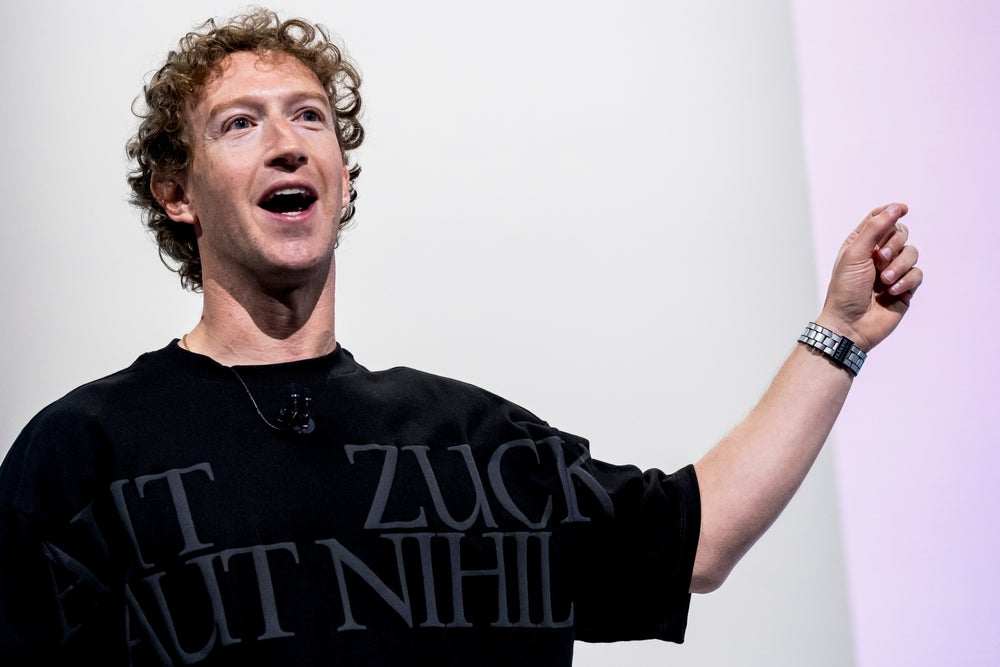Why Your Finance Team Needs an AI Strategy, Now
The finance function is evolving fast. Whether it’s streamlining close processes or spotting anomalies before they become real problems, artificial intelligence (AI) is no longer just a buzzword. It’s a real capability that businesses are expecting finance leaders to adopt.
And that expectation extends to the teams they lead.
Yet there’s one big challenge: most finance departments weren’t built for this shift. Talent shortages are already stretching departments thin, and many current employees lack the tools—or the training—to capitalize on what AI has to offer.
So how do you build a finance team that’s not only prepared for AI but empowered by it? Find out by joining us for our free webinar, Why Your Finance Team Needs an AI Strategy, Now, powered by Oracle NetSuite and Entrepreneur.
Dr. Jill Schiefelbein, AI strategist and host of the Humanize Automation podcast, will moderate a conversation with Rebeca Bichachi, CPA and Product Marketing Director for Oracle NetSuite. Together, they’ll walk through six specific strategies to build a finance department that’s truly future-ready.
From reevaluating your hiring criteria to eliminating unfulfilling tasks with smart automation, this session goes beyond theory and offers practical, scalable action steps. Attendees of this webinar will learn:
- Why “intentional experimentation” is your best on-ramp to AI integration
- How to expand your talent pool by looking outside traditional finance roles
- Ways to reskill current team members—without overwhelming them
- Where to deploy AI tools to free up time for strategic, high-impact work
- How to spot (and reward) your early adopters and AI champions
- What today’s “ideal candidate” for finance looks like—and why that definition is shifting fast
Whether you’re a CFO, controller, or finance leader at a growing business, this session will help you align your AI ambitions with your most valuable resource: your people.
The Why Your Finance Team Needs an AI Strategy, Now webinar will take place live on Thursday August 28 at 12 p.m. ET | 9 a.m. PT.
The finance function is evolving fast. Whether it’s streamlining close processes or spotting anomalies before they become real problems, artificial intelligence (AI) is no longer just a buzzword. It’s a real capability that businesses are expecting finance leaders to adopt.
And that expectation extends to the teams they lead.
Yet there’s one big challenge: most finance departments weren’t built for this shift. Talent shortages are already stretching departments thin, and many current employees lack the tools—or the training—to capitalize on what AI has to offer.
The rest of this article is locked.
Join Entrepreneur+ today for access.



 TML CEO Mira Murati. Photo by Patrick T. Fallon / AFP
TML CEO Mira Murati. Photo by Patrick T. Fallon / AFP



 Alexandr Wang. Photographer: David Paul Morris/Bloomberg via Getty Images
Alexandr Wang. Photographer: David Paul Morris/Bloomberg via Getty Images Meta CEO Mark Zuckerberg. Photographer: David Paul Morris/Bloomberg via Getty Images
Meta CEO Mark Zuckerberg. Photographer: David Paul Morris/Bloomberg via Getty Images